Over the ‘Australia-Day’ weekend I attended a couple of Pelagic-trips from Eaglehawk Neck in Tasmania. We were quite fortunate to go as the state was experiencing heat-wave conditions and large bush-fires in the SW National Park, this produced a bad smoke-haze at the start of the first day which decreased as we moved further east. However winds were generally fairly light with a maximum of 25 knots, we travelled out to the ‘shelf’ where the ocean depth increases to 100 fathoms and ‘chummed’ to bring in birds.
Southern Royal Albatross 2 (1). Both immature/younger adult and both pelagic on the return leg.
BIRDLIFE AUSTRALIA PELAGIC TRIP OFF EAGLEHAWK NECK, TASMANIA
Saturday 26th Jan 2019
OBSERVERS: Tim Bawden, Isaac Clarey, Jo Culican, Rich Everett, Brian Johnston, Gina Hopkins, Linda Lewis, Mike Lewis, R Bruce Richardson, Robert Shore, Tom Tarrant, Bruce Wedderburn, & Rohan Clarke (report compiler).
WEATHER: Thick smoke haze in the AM, clearing just before the Hipploytes to reveal high hazy cloud that ranged from 40-80% cover through the rest of the day. Winds mostly 15-20 knots SW in the AM building briefly to 25 knots soon after we crossed the shelf but dropping back to 10-15 knots by the time we were heading in. Surprisingly warm in the AM, becoming cooler but still mild beyond the shelf.
SEA: A flat sea on a 1 m swell out to the Hippolytes, building slightly in offshore waters. Beyond the shelf we mostly experienced a 2-3 m swell with occasional sets to 3-4 m and a 1 m sea. Pretty comfortable, but there was a little bit of spray when underway.
ACTIVITY: Departed Pirates Bay Wharf at 0710. Headed down to the Hippolytes, which we circumnavigated, before taking an easterly route directly to the shelf break. Large numbers of birds on the way out, especially in inshore waters with an early NZ Wandering Albatross soon after leaving the harbour to raise expectations. Crossed the shelf break (100 fathoms) at 0900 before making our first stop a couple of miles beyond the shelf over 300 m of water were we berleyed for 1 hr 15 mins. Later we moved out to 1185 m for a second 1.5 hr berley session before a short ~10 min stop back on the shelf edge on the way in. Crossed back over the shelf at 1310 and docked at 1500.
MAMMALS (and other non-feathered things)
Australian Fur Seals: 25 on the Hippolytes. Also 1 inshore in the AM.
Common Dolphin: Just a couple of animals in inshore waters in the AM.
Mako Shark: A big fish, estimated by the skipper to be 200+ kg, made a few passes in the berley trail at our furthest point offshore for the day.
BIRDS: 23 species of seabird beyond the point at Pirates Bay was a little below average for the species count but the Cook’s Petrels were very nice, as were the large numbers of storm-petrels and the showy Fluttering Shearwaters.
NZ Wandering Albatross (gibsoni): 10 (3). 1 juvenile in inshore waters in the AM was a surprise over just ~40 m of water, the remainder (variously immature or adult) were pelagic. A possible exulens but pretty distant and not ID’d with any certainty.
Southern Royal Albatross 2 (1). Both immature/younger adult and both pelagic on the return leg.
Indian Yellow-nosed Albatross: 3 (1). 1 adult inshore in the AM, 2 immatures pelagic.
Shy Albatross: 120 (40). cauta/steadi: 34 inshore, 10 offshore, remainder pelagic. 3 imm (both pelagic), remainder adult.
Buller’s Albatross: 25 (5). 13 inshore, 5 offshore, remainder pelagic. All adults. A few nice showy individuals in at the back of the boat.
Grey-backed Storm-Petrel: 50 (35). All pelagic.
White-faced Storm-Petrel: 180 (100). 5 offshore, remainder pelagic. Lots of nice close passes off the stern.
Wilson’s Storm-Petrel: 14 (6). All pelagic.
Fairy Prion: 30 (5). 3 inshore, 2 offshore in the AM, remainder pelagic.
Short-tailed Shearwater: 3200 (2000). Mostly offshore, but 200 inshore and 300 pelagic.
Sooty Shearwater: 15 (2). 4 offshore, remainder pelagic.
Fluttering Shearwater: 30 (5). 9 inshore, 10 offshore, remainder pelagic.
Common Diving-Petrel: 2 (1). Both pelagic at the first berley point. Crap views of the first, good views of the second.
White-chinned Petrel: 20 (8). Mostly pelagic but a couple followed us back into offshore waters in the PM.
Grey-faced Petrel: 1 pelagic at the second berley stop.
White-headed Petrel: 1 pelagic at the first berley stop disappeared pretty quickly.
COOK’S PETREL: 2 (1). Both pelagic at the second berley stop. First was seen reasonably well as it passed through the slick and down the starboard side of the vessel, the other was a bit more distant but photos confirm ID.
Australasian Gannet: 60 (50). 2 pelagic, remainder inshore. All adult. Another 50 on the Hipploytes.
Black-faced Cormorant: 75 (25). All inshore. Another 450 on the Hippolytes.
Crested Tern: 2 (2) inshore.
Pacific Gull: 5 (2). 4 adults, 1 juvenil all inshore in the AM. Also 2 adults on the Hippolytes.
Kelp Gull: 7 (4). 4 adults, 1 juvenile inshore, 1 second year bird pelagic, another adult inshore in the PM. Also about 30 on and around the Hippolytes
Silver Gull: 52 (50). All inshore. Also another ~10 on the Hippolytes.
Details of previous trips to the same area are available on ebird, click on the marker on the map to visit.

Smoke haze 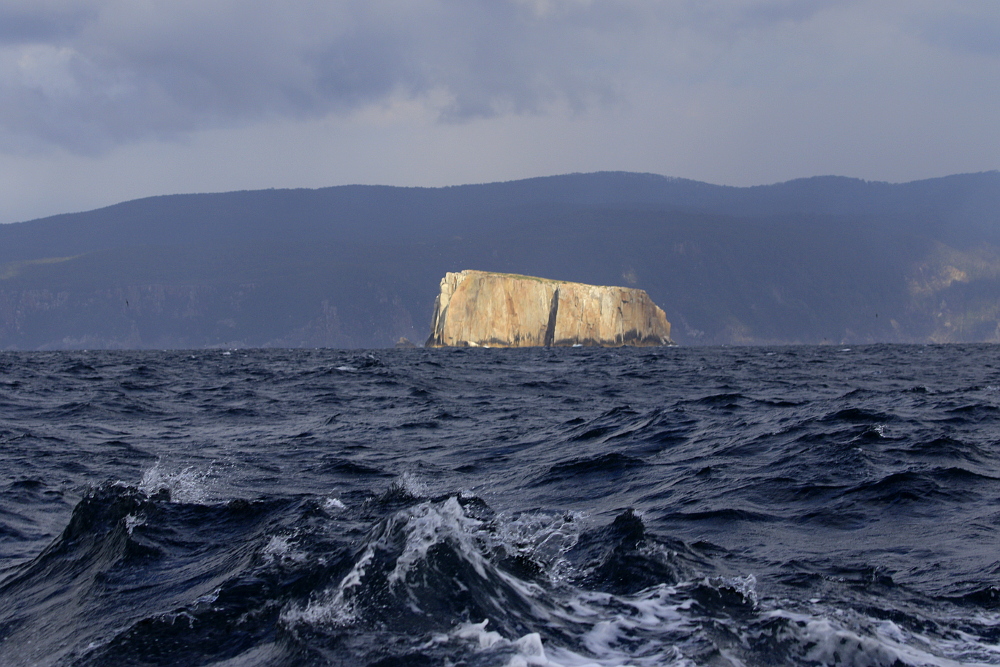
Hippolytes 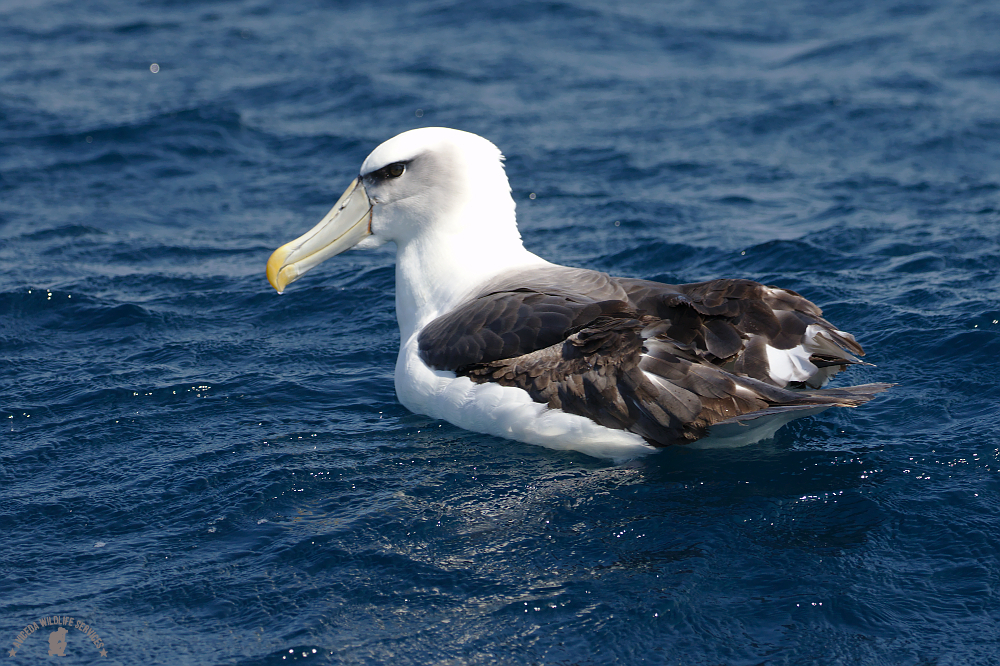
Shy Albatross 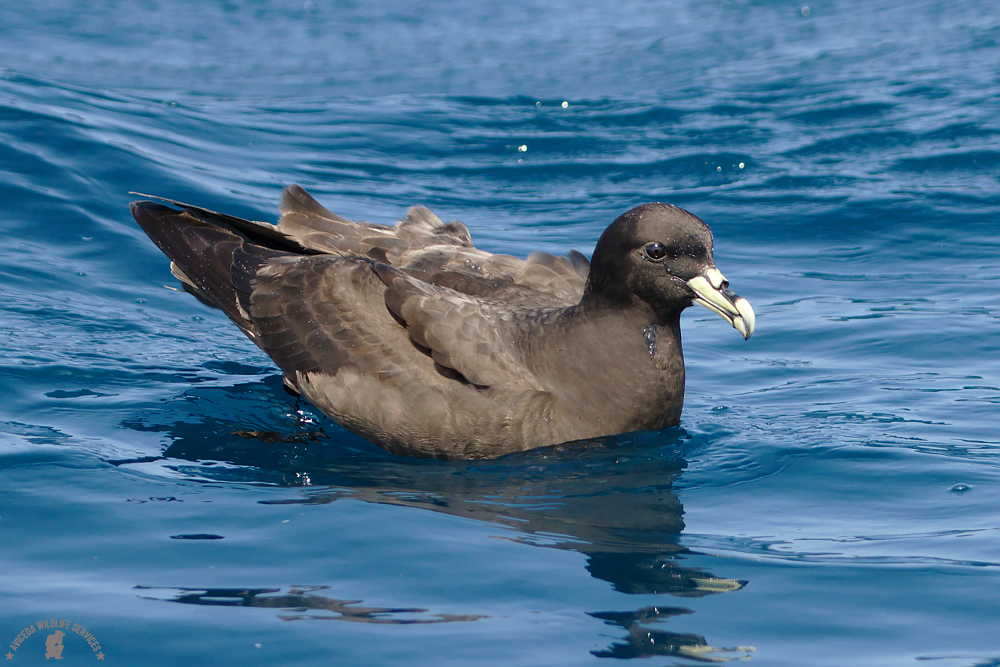
White-chinned Petrel 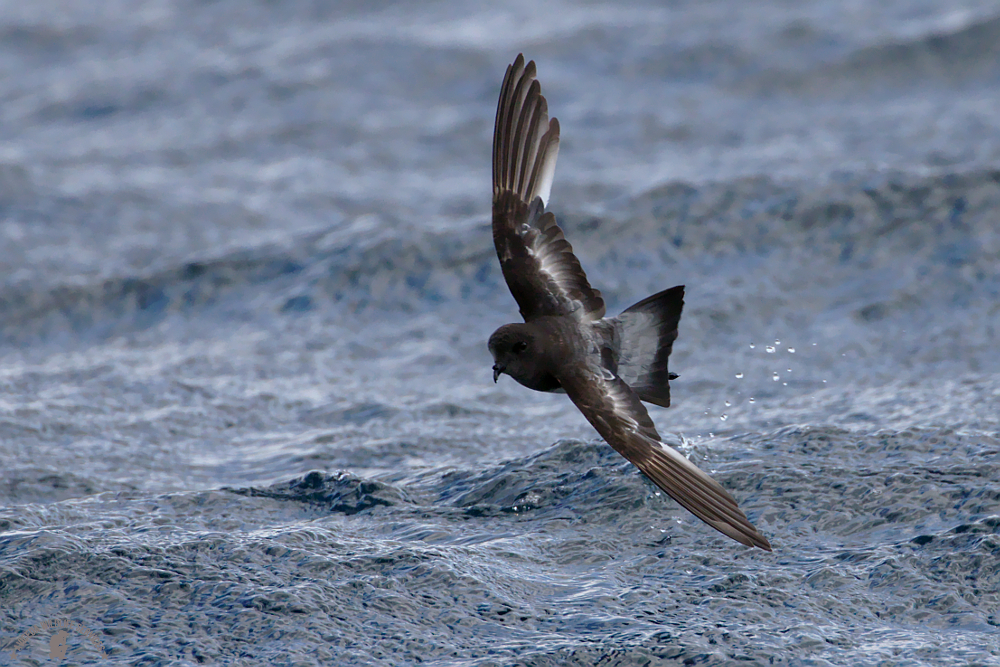
Grey-backed Storm-Petrel 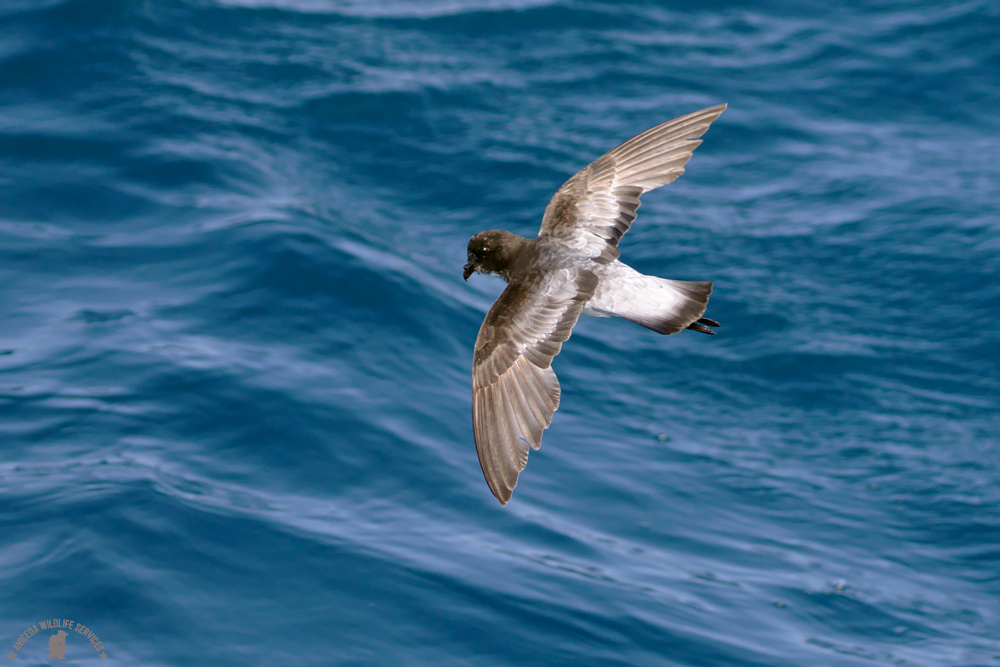
Grey-backed Storm-Petrel 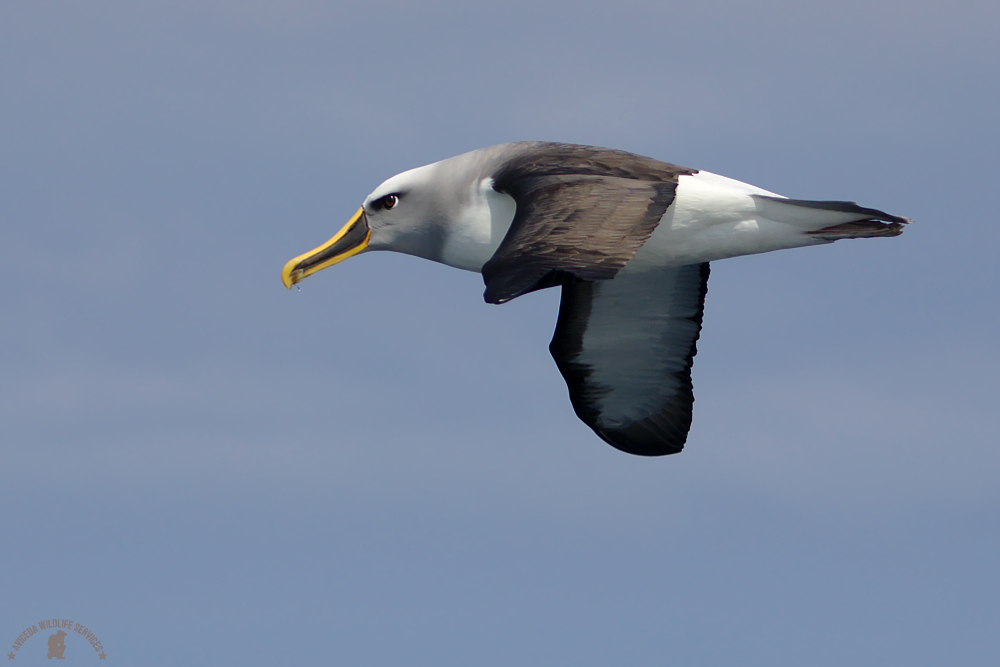
Buller’s Albatross
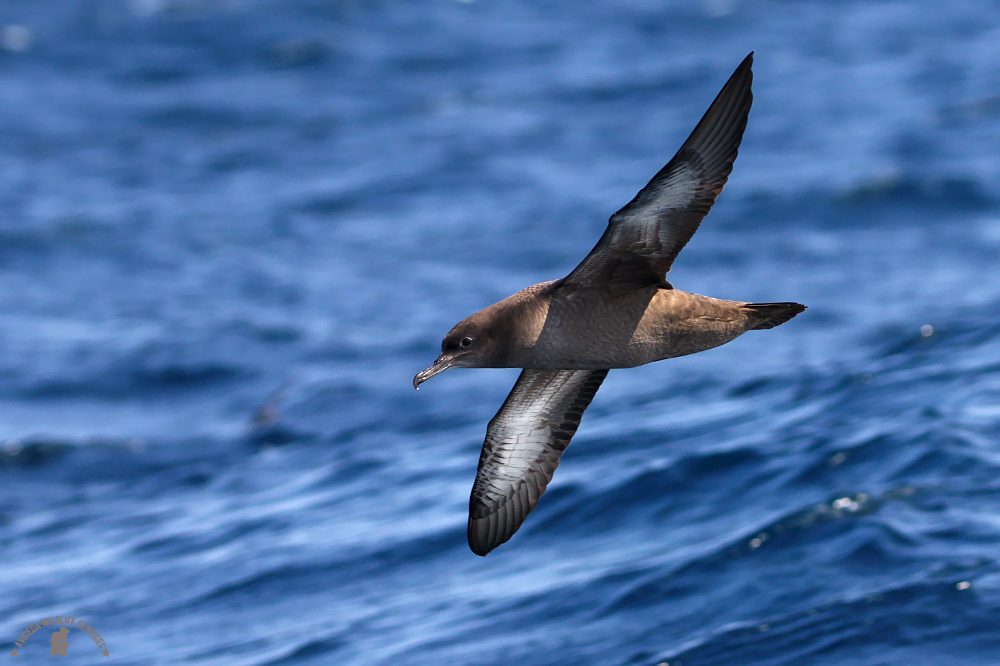
Sooty Shearwater 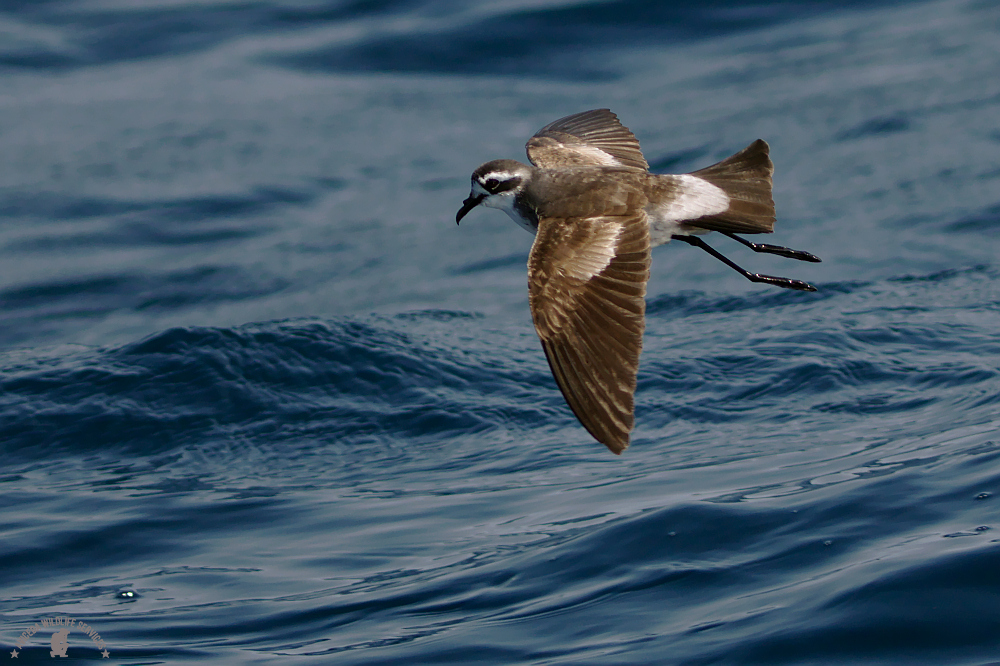
White-faced Storm-Petrel 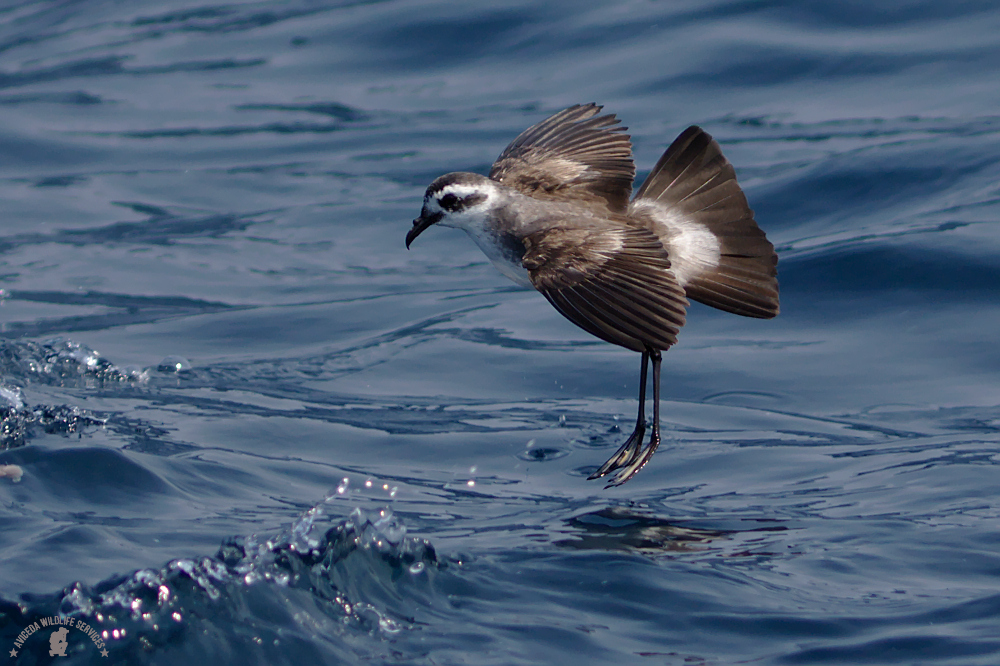
White-faced Storm-Petrel 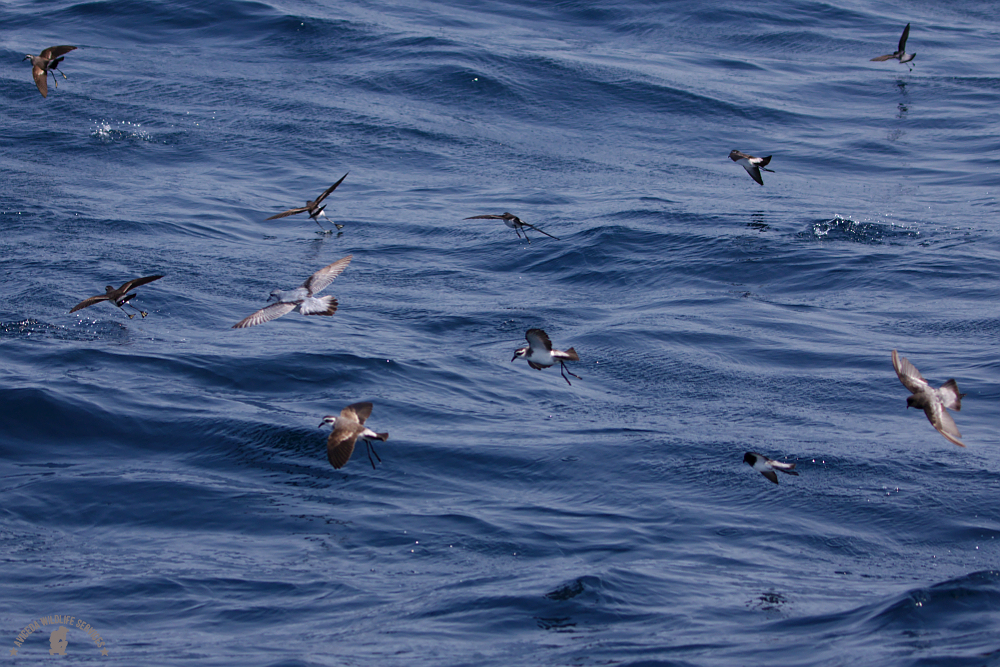
Various Seabirds 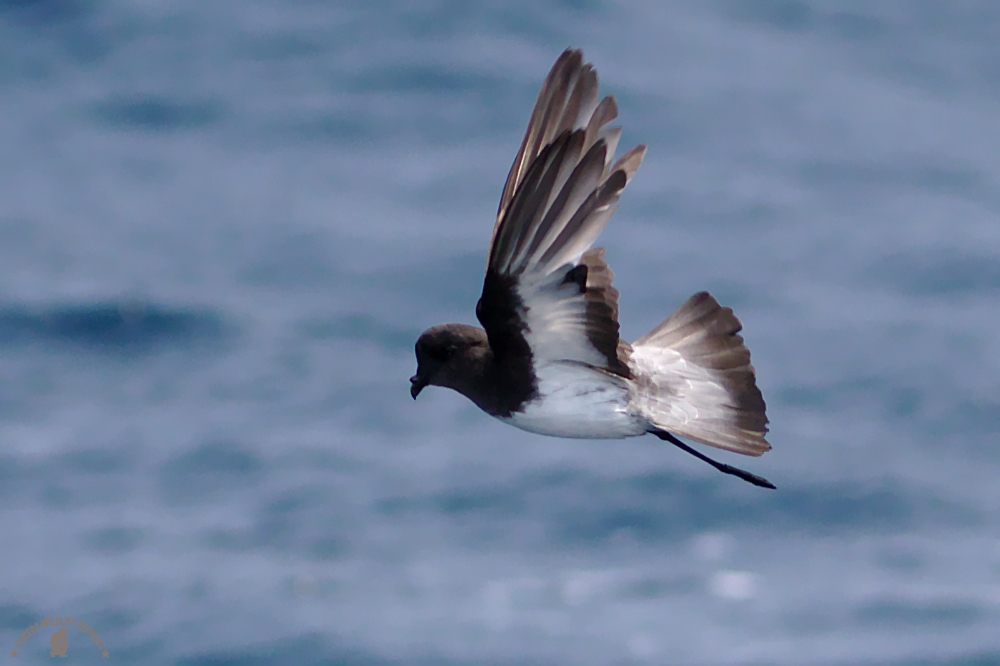
Grey-backed Storm-Petrel 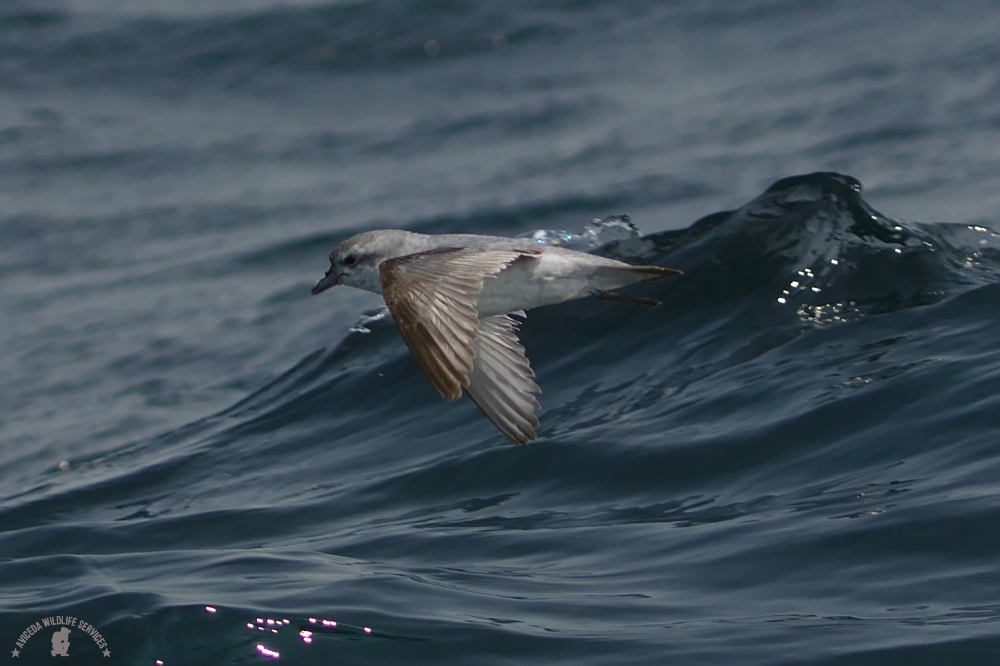
Fairy Prion 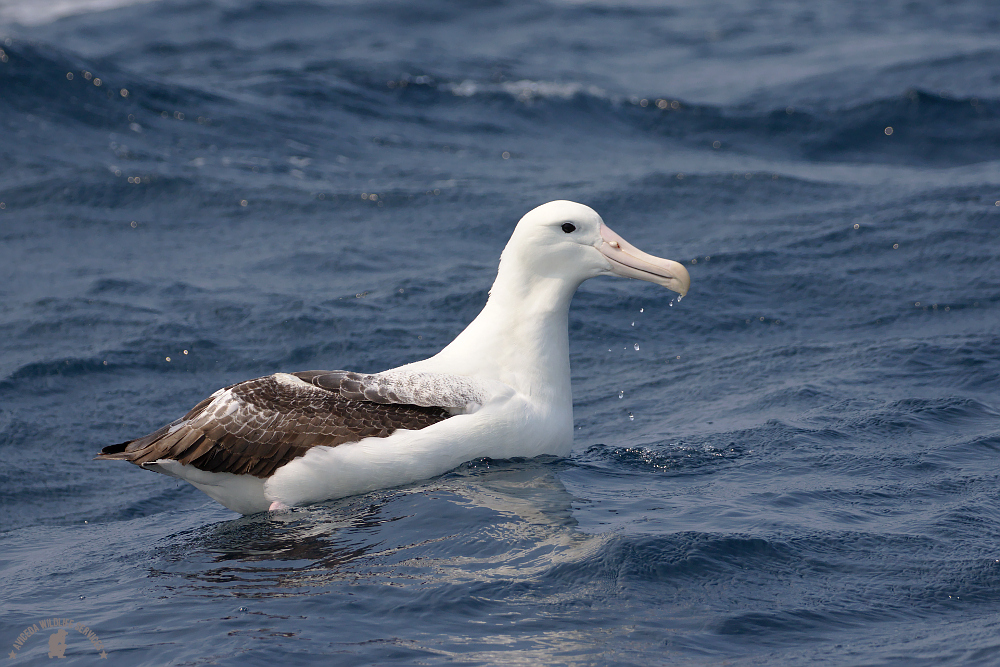
Southern Royal Albatross
Sunday 27th Jan 2019:
OBSERVERS: Tim Bawden, Isaac Clarey, Jo Culican, Rich Everett, Brian Johnston, Gina Hopkins, Linda Lewis, Mike Lewis, R Bruce Richardson, Robert Shore, Tom Tarrant, Bruce Wedderburn, & Rohan Clarke (report compiler).
WEATHER: Cool to mild with a 15 knot NW in the AM building to 20 knots beyond the shelf, before moderating to 5-8 knots from the NW. A fairly active front with a rapid change to 15-20 knot westerly pushed through at about 1400 but by then we were well on our way back in and it was of no consequence.
SEA: A 0.5-1m sea on a 1 m swell in inshore waters, building to a 1-2 m swell and 1 m sea at the shelf and beyond. With the decreasing wind the seas also moderated somewhat from midday. On the return leg we passed through a rather messy couple of miles of lumpy sea being held up by the tide, and then soon after with the wind change from the west a bit of spray got whipped up. Our timing was good because we avoided any unpleasantness from this front that would have occurred if we’d still been out wide.
ACTIVITY: Departed Pirates Bay Wharf at 0700. Headed north-east forgoing a pass of the Hippolytes. As a consequence numbers of some inshore/island frequenting species were down cf the Saturday trip. Crossed the shelf break (200 m) at 0840 before making our first stop a couple of miles beyond the shelf over 350 m (drifting to 800 m) of water where we berleyed for 1 hr 10 mins. Later we moved out to 1200 m for a second berley session before heading back in for a brief stop with a Long-liner that was well attended by birds. Crossed back over the shelf at 1250 and docked at 1500.
MAMMALS (and other non-feathered things)
Fur Seal sp.: Just a single at the Long-liner feeding on discards.
A single Mako Shark also visited us in the berley trail beyond the shelf.
BIRDS: 25 species of seabird beyond the point at Pirates Bay is about average for a January pelagic. Buller’s Shearwater was the highlight given there were a number of people hoping for this species. Wedge-tailed Shearwater is also a good rarity for Tasmania. Showy storm-petrels, Providence Petrel and generally large numbers of birds beyond the shelf were also nice.
Little Penguin: 1 pelagic near the shelf break.
NZ Wandering Albatross (gibsoni): 3 (2). All pelagic.
Southern Royal Albatross 2 birds on plumage. Both younger adults and both pelagic.
Black-browed Albatross: 3 (1). 1 adult inshore, 1 juvenile and 1 adult pelagic.
Wandering Albatross (exulans): 4 (2). All pelagic, including a lovely snowy bird at the Long-liner.
Shy Albatross: 250 (120). cauta/steadi: 10 inshore, 9 offshore, remainder pelagic. 5 imm (pelagic), remainder adult. Largest number was 120 around the Long-liner.
Buller’s Albatross: 40 (20). 2 inshore, 3 offshore, remainder pelagic. All adults. Highest count was 20 with the Long-liner.
Grey-backed Storm-Petrel: 38 (10). All pelagic.
White-faced Storm-Petrel: 230 (100). 6 offshore, remainder pelagic. Lots of nice close passes off the stern. About 100 with the Long-liner.
Wilson’s Storm-Petrel: 13 (4). All pelagic.
Fairy Prion: 30 (5). 20 offshore, remainder pelagic.
BULLER’S SHEARWATER: 2 (1). Both pelagic at the first berley point.
WEDGE-TAILED SHEARWATER: 2 (1). Both pelagic – one at the first berley point and the other at the last. 5 years ago this was a major rarity off Tasmania….it is still rare, but the species has now been recorded in Jan/Feb in each of the last four years off Eaglehawk Neck.
Short-tailed Shearwater: 4000 (1500). Mostly offshore, but 300 inshore and 700 pelagic.
Sooty Shearwater: 10 (3). 2 offshore, remainder pelagic.
Fluttering Shearwater: 23 (2). 12 inshore, 3 offshore, remainder pelagic.
White-chinned Petrel: 44 (20). 2 offshore, remainder pelagic with highest count of 20 at the Long-liner.
Grey-faced Petrel: 13 (4). All pelagic.
Providence Petrel: 2 (1). Both pelagic.
Australasian Gannet: 25 (20). 22 inshore, 3 offshore. All adult.
Black-faced Cormorant: 2 (1). Both inshore.
Jaeger sp.: a single quick flyby in inshore waters. Either a Pom or an Arctic.
Crested Tern: 2 (2) offshore.
Pacific Gull: 1 adult inshore.
Kelp Gull: 3 (2). 2 inshore, 1 pelagic.
Silver Gull: 8 (2). 5 inshore, 1 offshore, 2 pelagic.
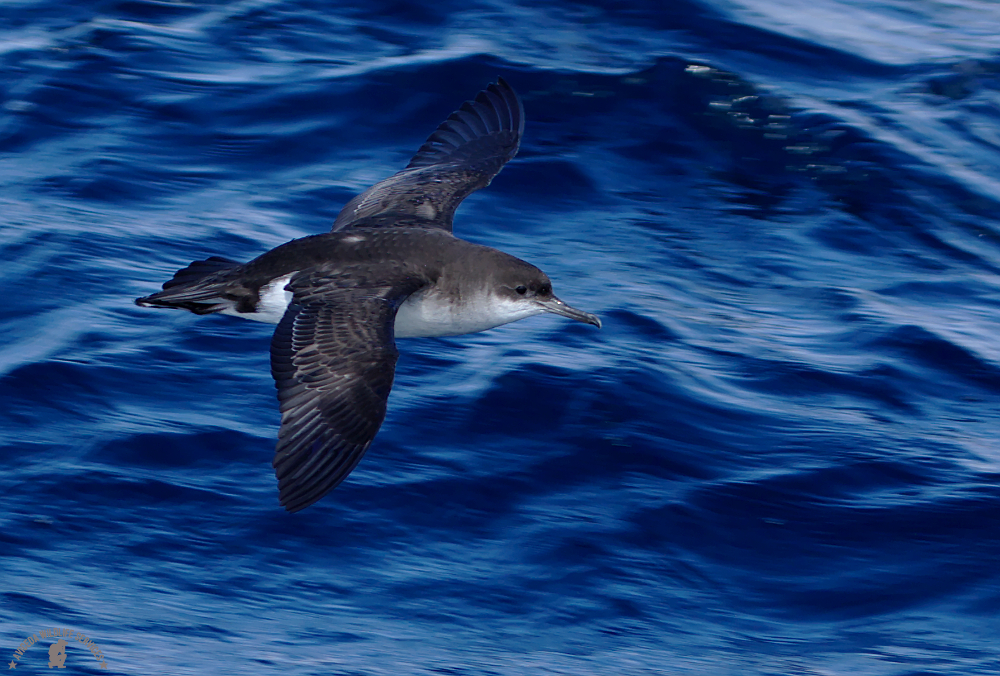
Fluttering Shearwater 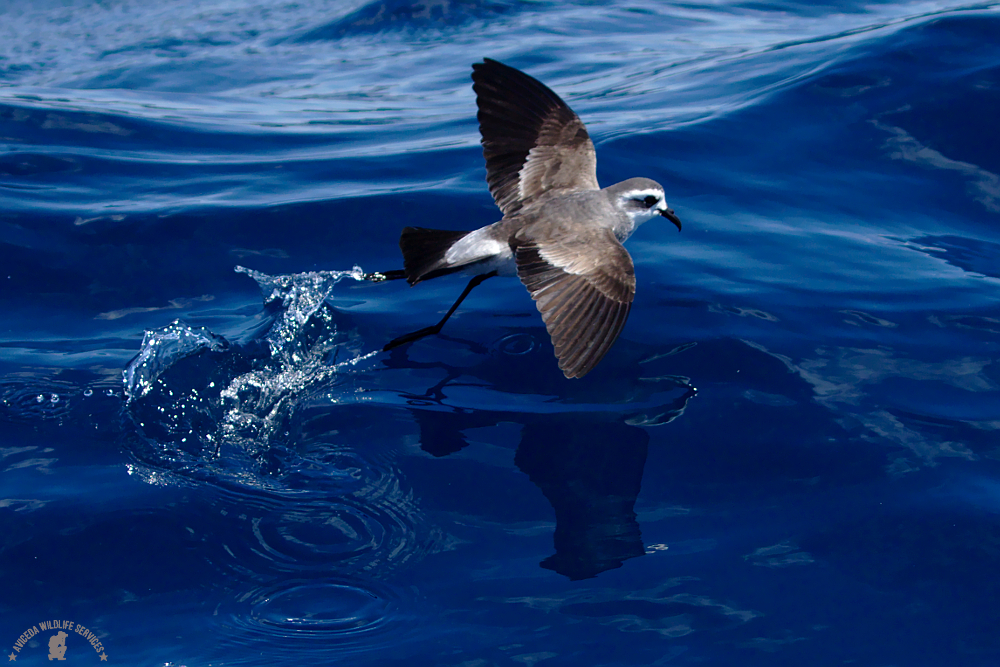
White-faced Storm-Petrel 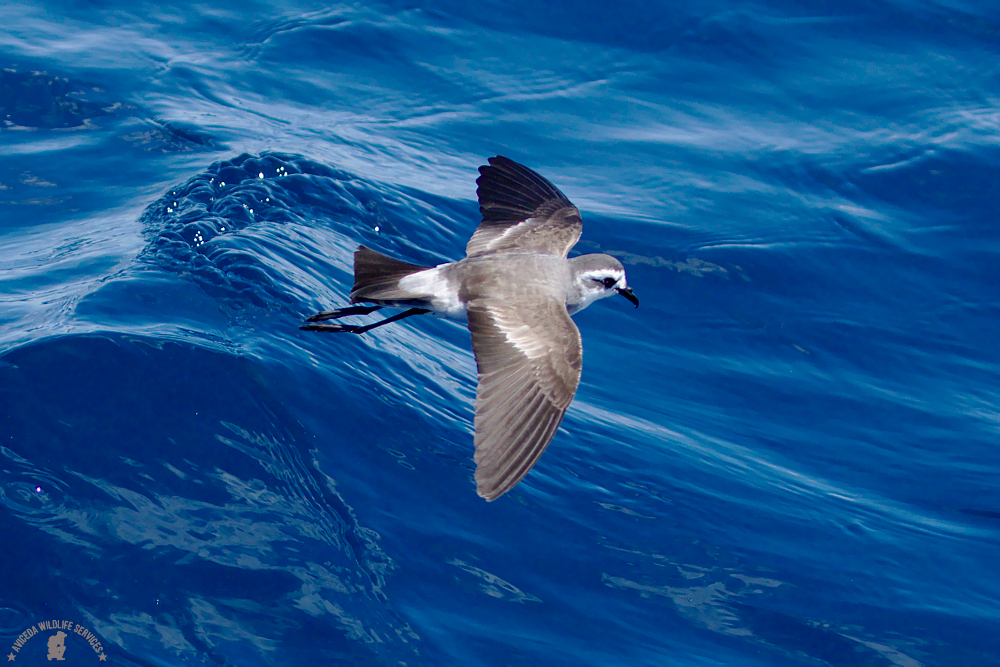
White-faced Storm-Petrel 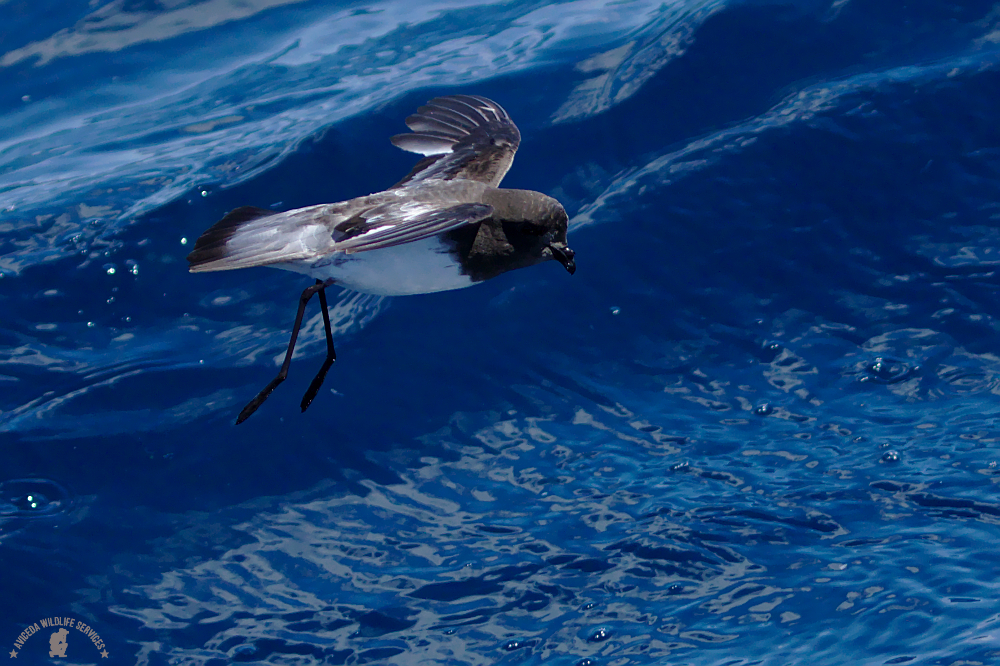
Grey-backed Storm-Petrel 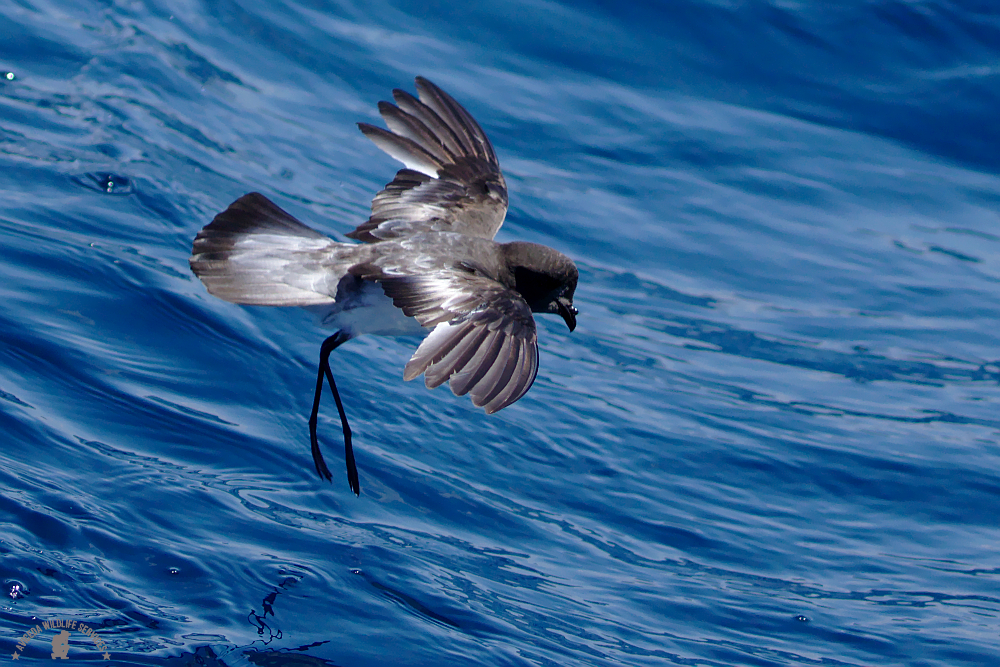
Grey-backed Storm-Petrel 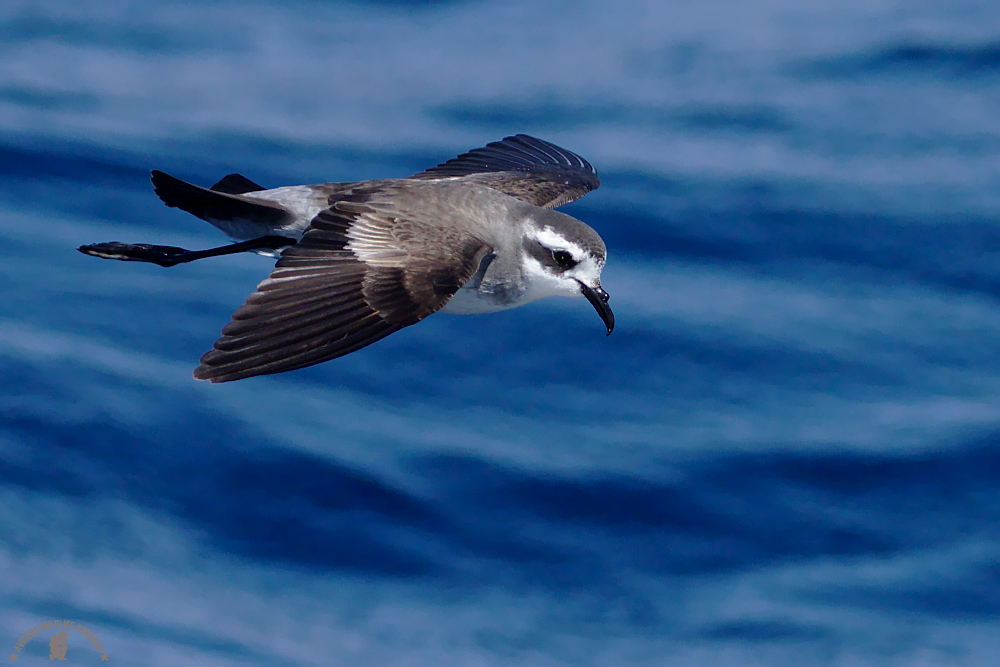
White-faced Storm-Petrel 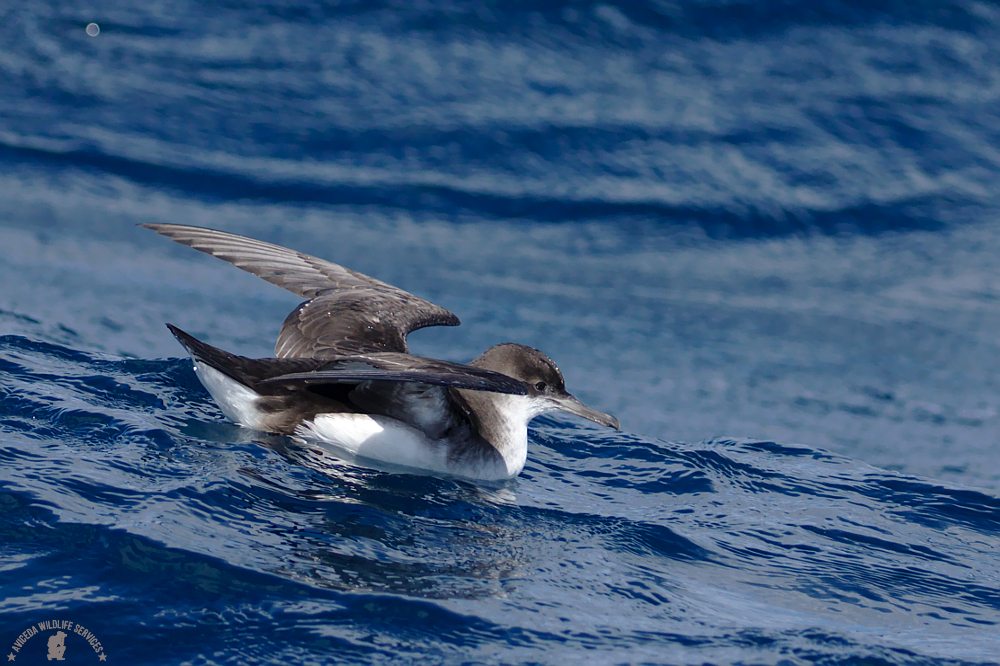
Fluttering Shearwater 
Buller’s Albatross 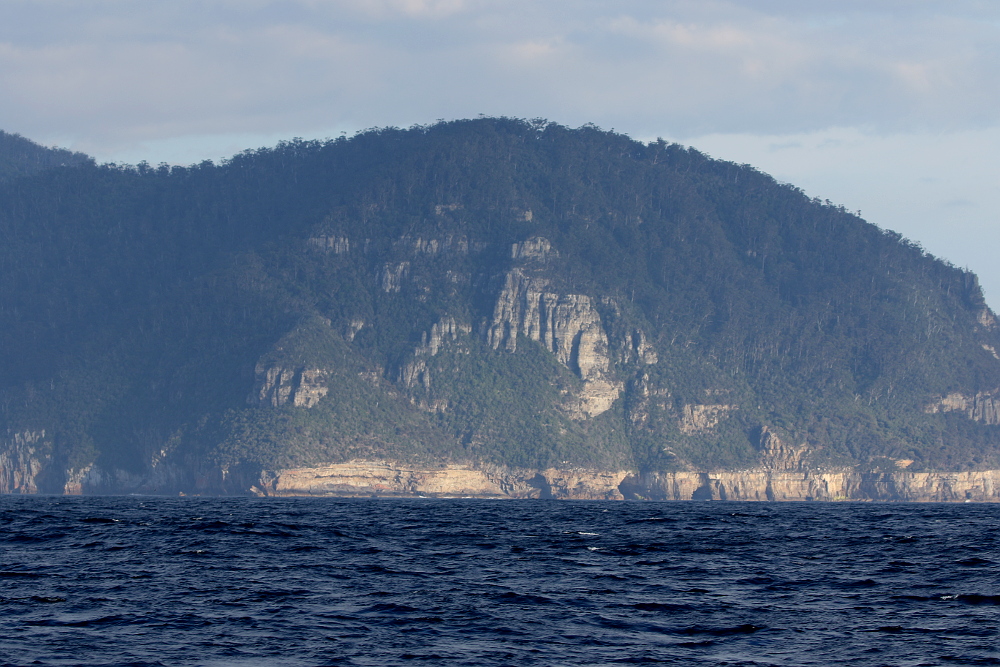
Eaglehawk Neck View
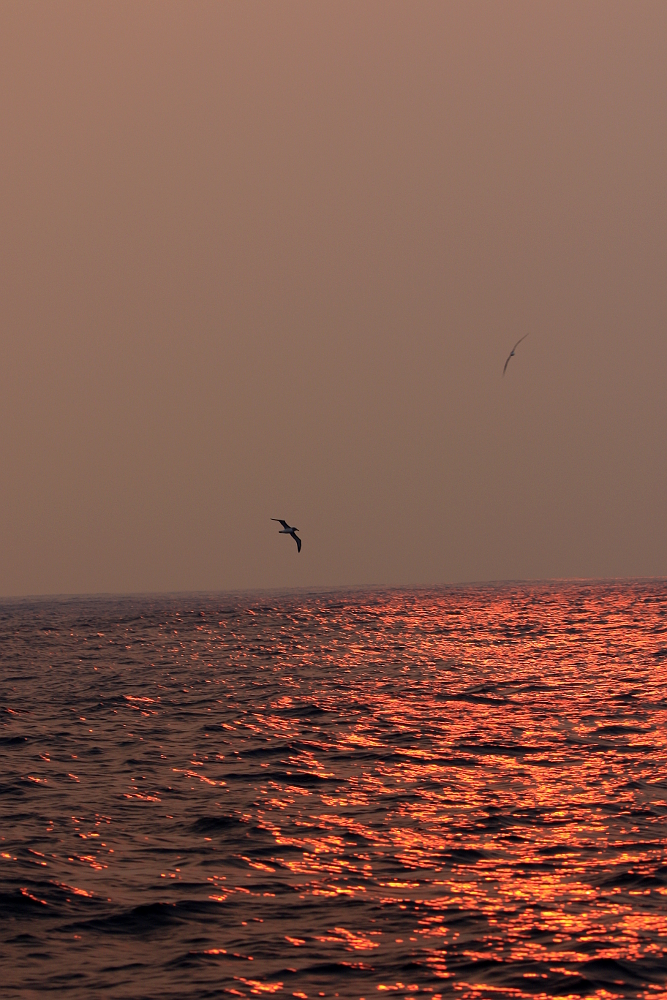
Leave a Reply